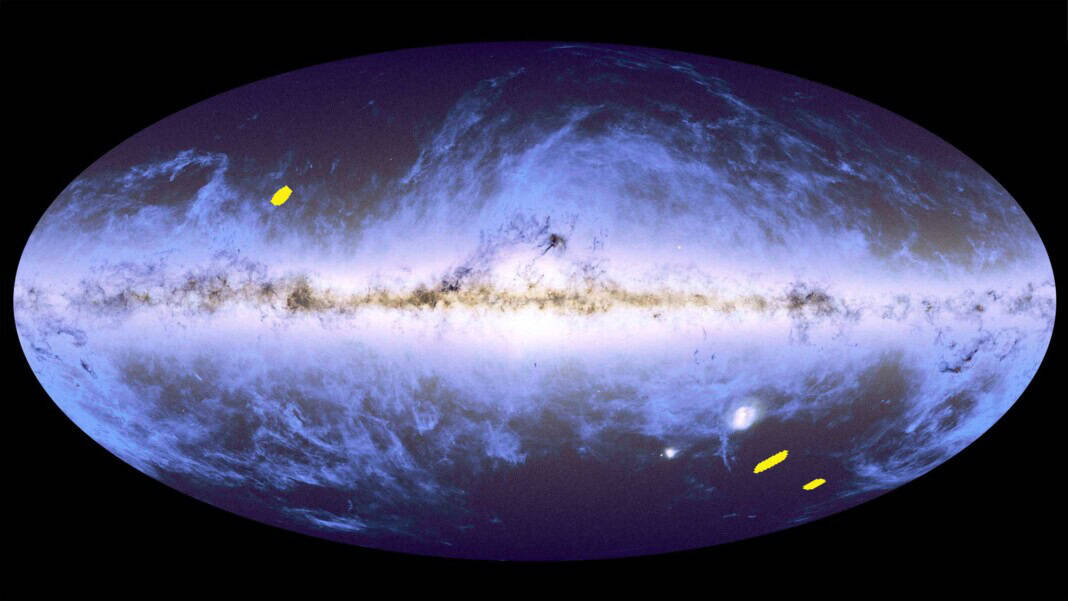
The ESA Euclid mission has delivered an impressive amount of new scientific data. Supported by the German Space Agency at DLR and funded by the BMWK, the mission investigates the distribution of dark matter in the universe through gravitational lensing.
The spectacular mosaic images
The mission covered an enormous area of the sky in three so-called mosaics. Each mosaic contains over 100 observations that, when combined, create a complete picture. These images show numerous galaxy clusters and more than 380,000 individual galaxies, as well as 500 candidates for gravitational lensing, through which Euclid studies dark matter.
Insight into the early phase of the universe
With just one scan, Euclid has detected more than 26 million galaxies located nearly 11 billion light-years away. Future Deep Fields scans are expected to discover even more distant galaxies, allowing scientists to peer back into the early days of the universe. Such observations could help answer fundamental questions about the origin and evolution of the universe.
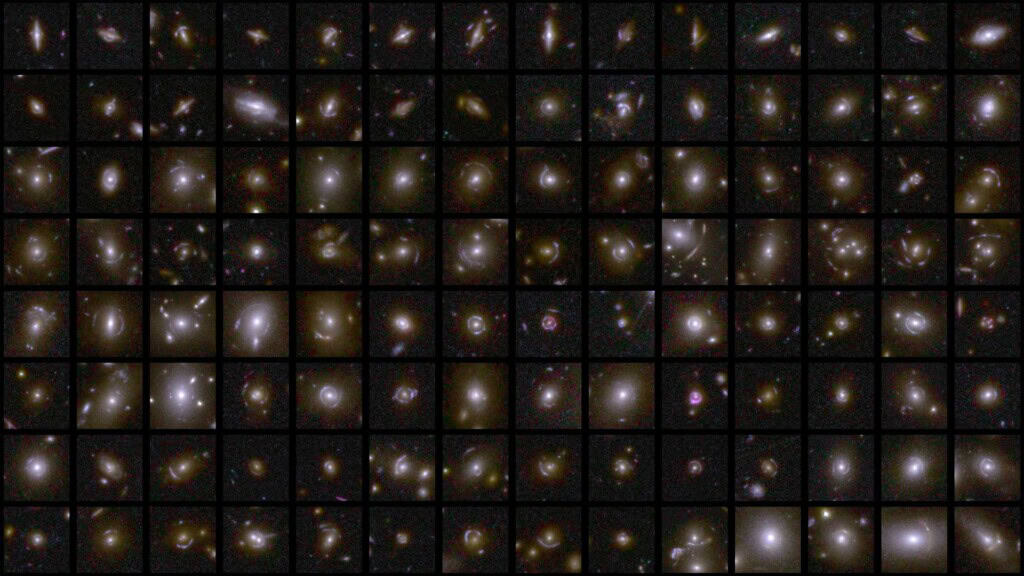
Euclid studies over ten billion galaxies: Understanding dark matter
Euclid studies over ten billion galaxies and their evolution over the past ten billion years. Understanding the role of dark matter and dark energy is crucial, as dark matter slows the expansion of the universe, while dark energy accelerates it. Little is currently known about the exact nature of these phenomena, but Euclid could help clarify them.
Significant European cooperation
The mission is an example of international scientific collaboration with significant German participation. Key components such as the NISP instrument and the Visible Instrument (VIS) were developed in collaboration with renowned German institutes such as the Max Planck Institutes and universities. These institutions contribute significantly to data analysis and software development.
The European Space Agency (ESA) is coordinating the Euclid mission as part of its long-term research program. Together with the German Space Agency (DLR) and major scientific partners, ESA aims to answer fundamental questions about the structure and evolution of the universe. Its commitment to such research projects demonstrates Europe’s role in exploring and understanding the cosmos.









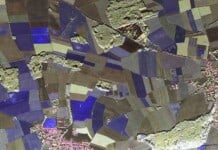

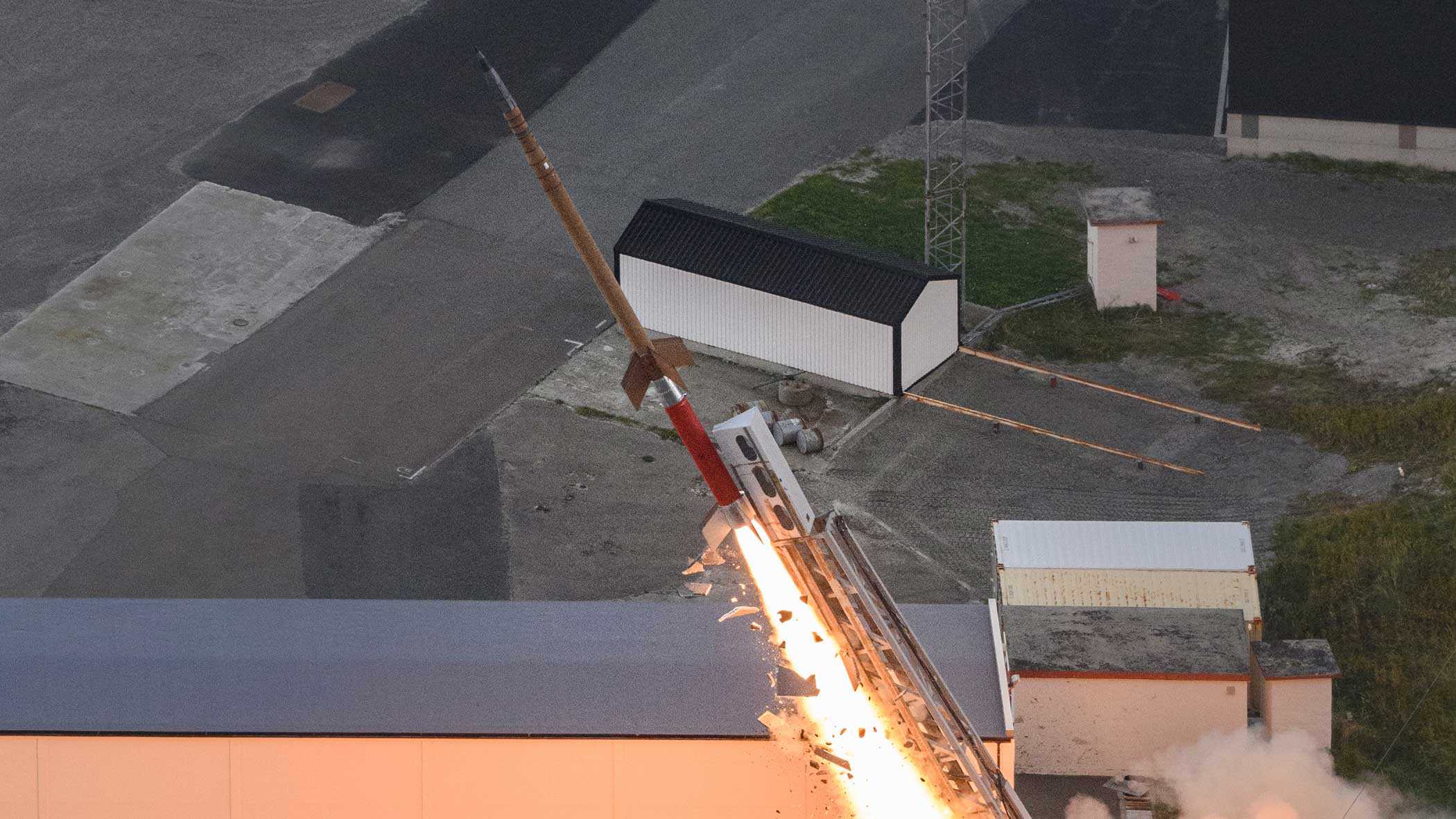 Wiederverwendbare Raumfahrzeuge: ATHEAt-Flugexperiment des DLR
Wiederverwendbare Raumfahrzeuge: ATHEAt-Flugexperiment des DLR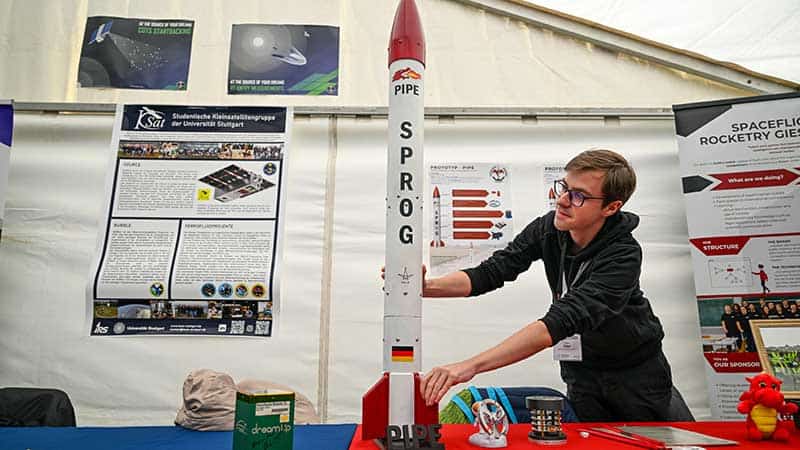 Wacken Open Air: Interstellarer Treffpunkt für Raumfahrtbegeisterte
Wacken Open Air: Interstellarer Treffpunkt für Raumfahrtbegeisterte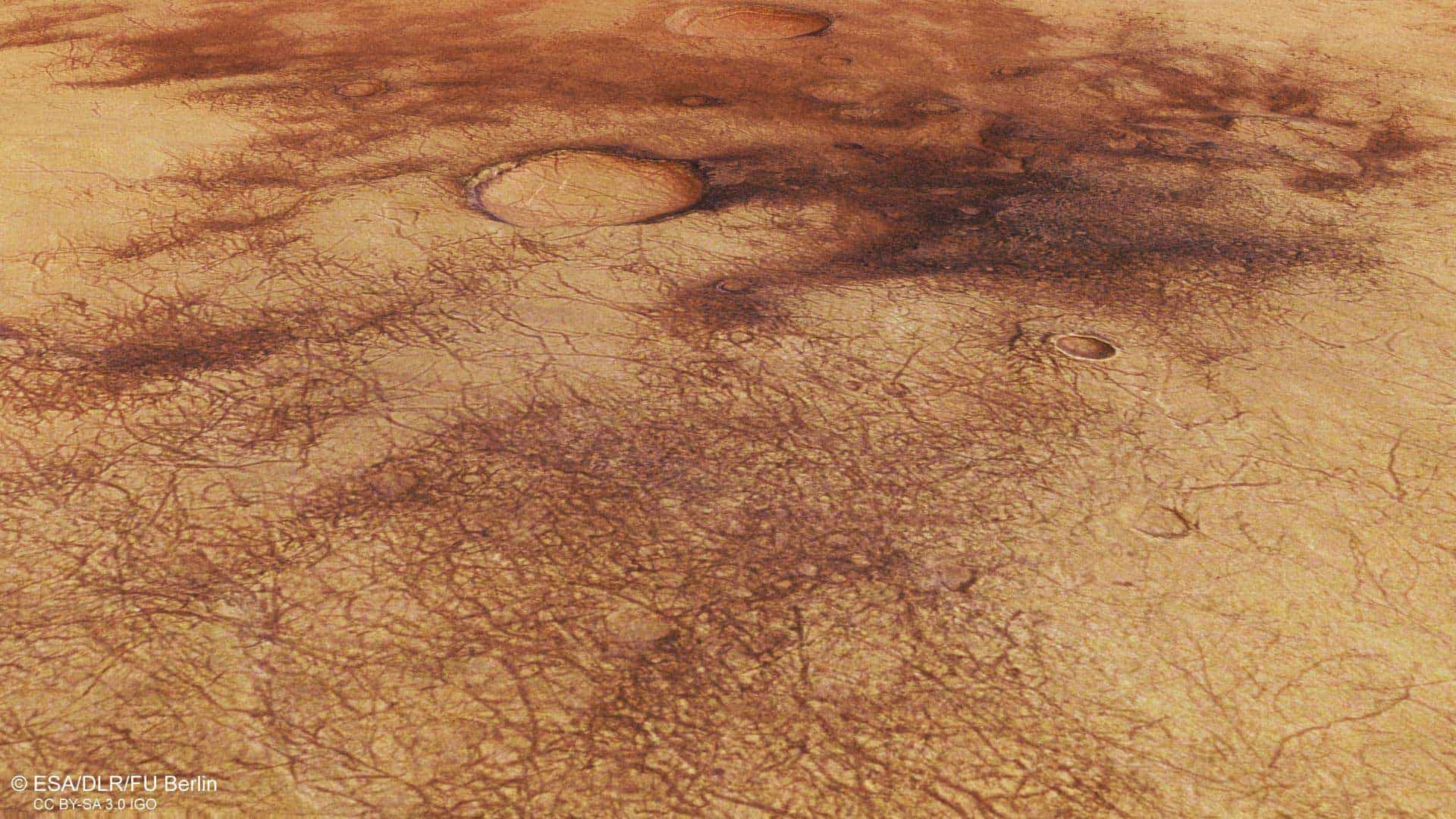 Starke Marswinde und Staubteufel: Einblicke dank Deep Learning und Kameratechnik
Starke Marswinde und Staubteufel: Einblicke dank Deep Learning und Kameratechnik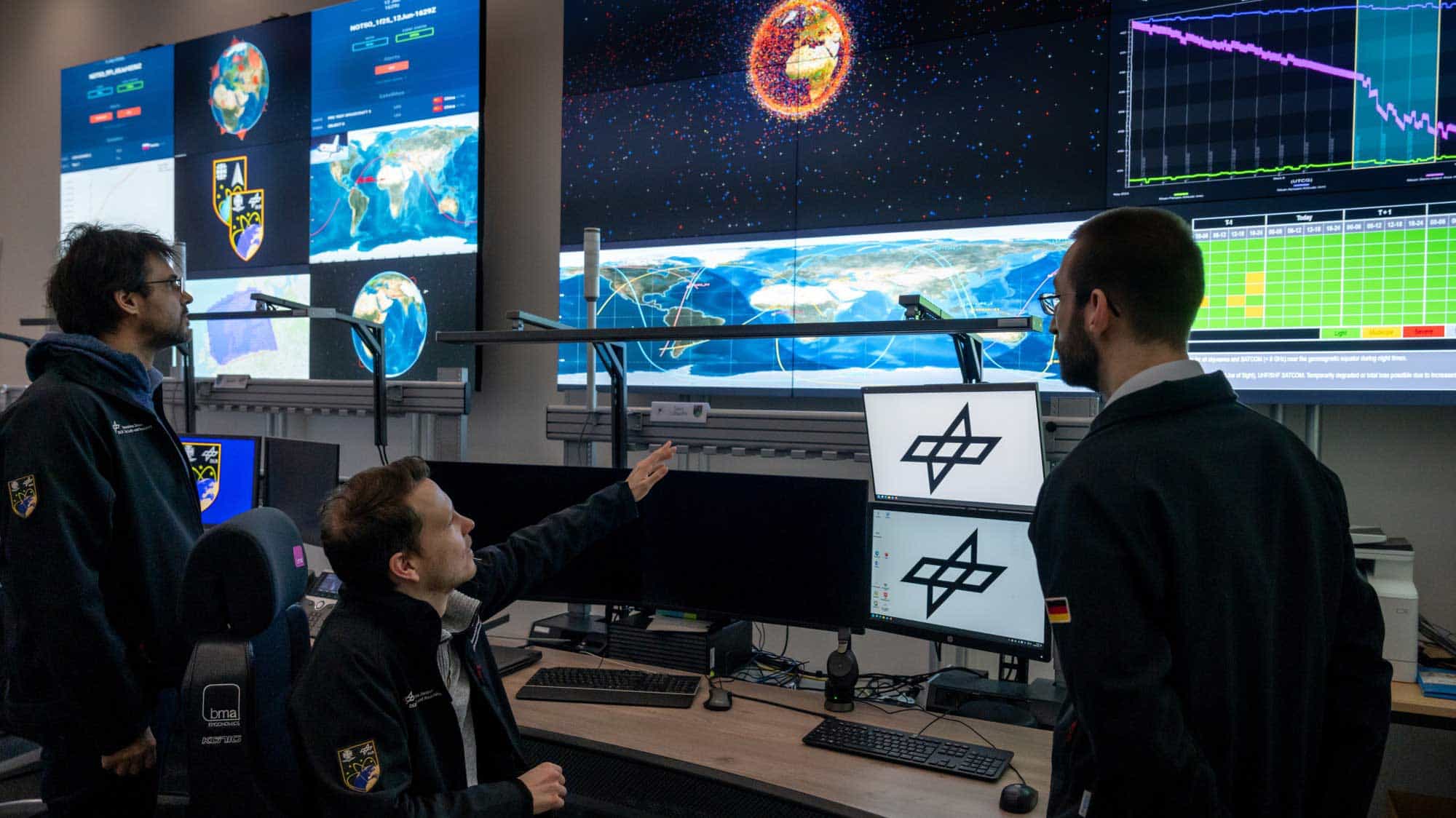 Sicherheit im Orbit: DLR & Bundeswehr nutzen Weltraumlagezentrum Uedem
Sicherheit im Orbit: DLR & Bundeswehr nutzen Weltraumlagezentrum Uedem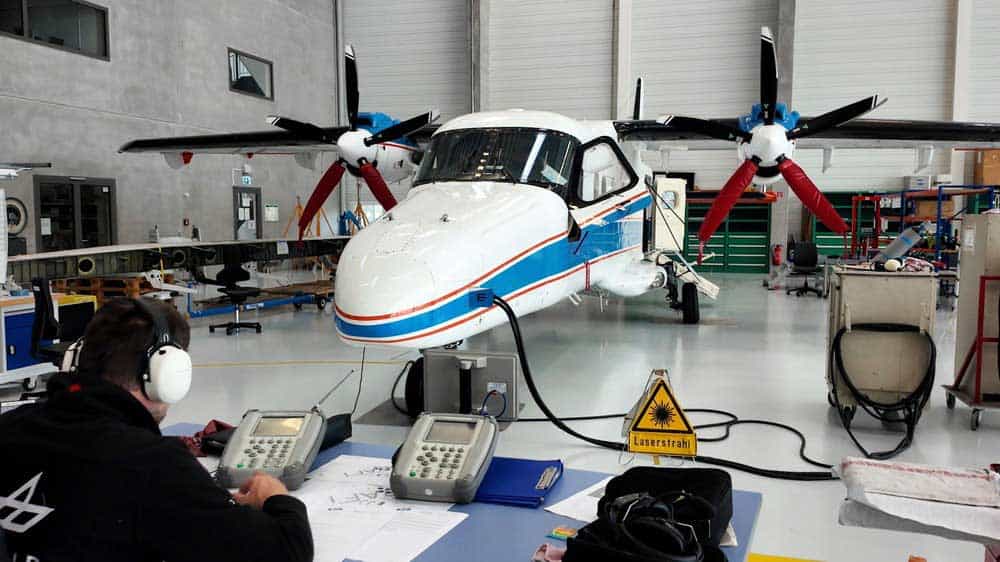 Quantenkommunikation: Von Flugzeugen zu Bodenstationen und zum Quanteninternet
Quantenkommunikation: Von Flugzeugen zu Bodenstationen und zum Quanteninternet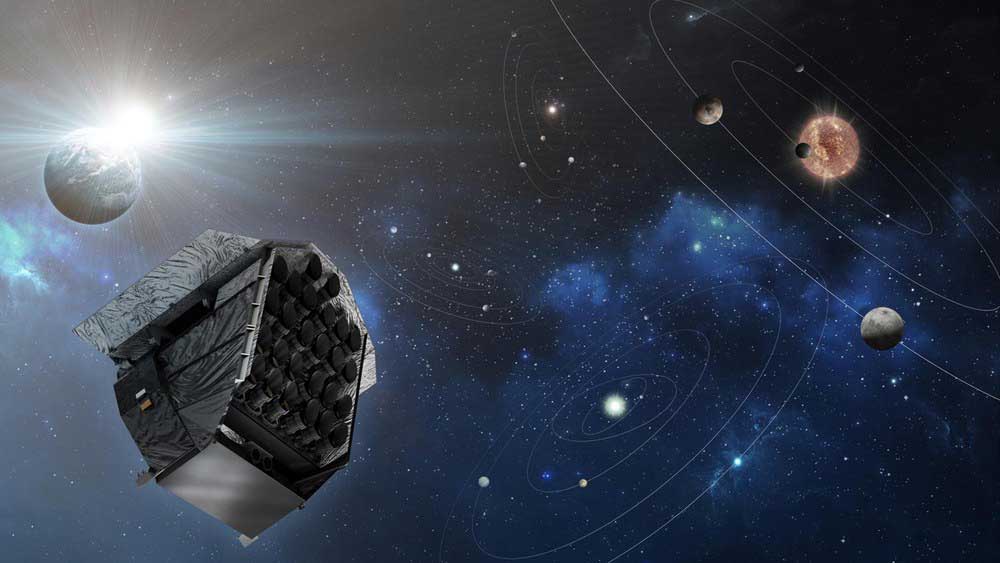 PLATO-Mission der ESA: Meilenstein in der Erforschung von Exoplaneten
PLATO-Mission der ESA: Meilenstein in der Erforschung von Exoplaneten
















